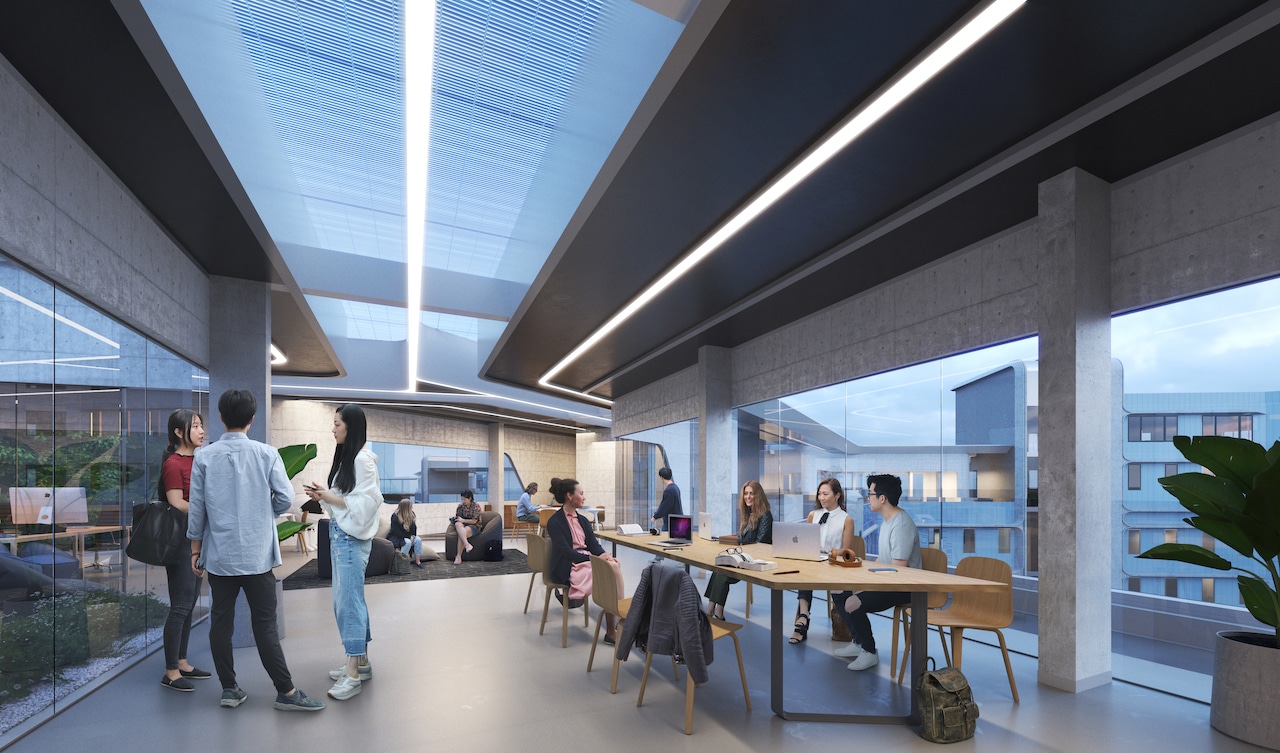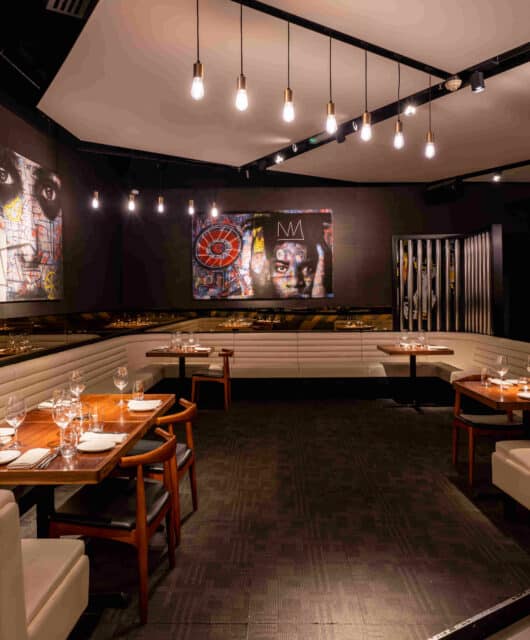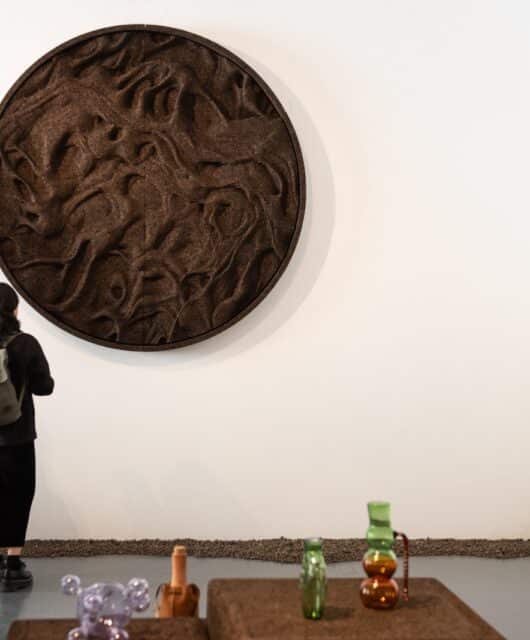Zaha Hadid Architects and Leigh & Orange Limited unveil the new design for a Student Residence Development at the Hong Kong University of Science and Technology
 Zaha Hadid Architects (ZHA) and Leigh & Orange Limited (L&O) unveil the new design for a Student Residence Development at the Hong Kong University of Science and Technology (HKUST).
Zaha Hadid Architects (ZHA) and Leigh & Orange Limited (L&O) unveil the new design for a Student Residence Development at the Hong Kong University of Science and Technology (HKUST).
Established in 1991, HKUST has become a leading research institution, consistently ranked amongst the best in Asia and around the globe. HKUST is also one of the world’s fastest growing universities. Over half of the university’s 16,000 students enrolled in the 2019-2020 academic year are from overseas, creating an urgent demand for new residential facilities within its Clear Water Bay campus.
Planned for completion in 2023, the university’s new halls of residence designed by Zaha Hadid Architects in collaboration with Leigh & Orange will house over 1,500 students. Marrying advanced digital design technologies with sustainable construction practices and operational strategies for its 50-year life cycle, the design is guided by the university’s mission to harness technology and innovation to solve today’s critical global issues.
Located at the Southeast of the HKUST campus, the new halls of residence are embedded within a steeply sloping site of approximately 25m of level difference. The building’s roof line has been designed as its primary circulation and incorporates shaded outdoor areas for students and staff to rest and gather together, helping to build a stronger cross-campus culture. This rooftop walkway creates a new connection between the academic blocks of the north campus and the primarily residential blocks of the south, eliminating the need for students and staff to circumnavigate the hilly terrain.
Digital design tools allowing simultaneous considerations of numerous site parameters including terrain levels, solar radiation, sightlines and soil conditions have defined the design’s optimal configuration and orientation; while the digital encoding of its internal spaces enabled layout tests to optimize functionality and adaptability, as well as accurate calculation of natural light levels.
The halls of residence are organized in a hexagonal configuration creating four courtyards terraced into the steeply sloping site. With all rooms facing open spaces, the approximately 35,500 sq.m of accommodation includes communal areas for living, learning, recreation and leisure. The courtyards are designed to be quieter spaces for rest and relaxation, while the surrounding hillside will be replanted to prevent soil erosion with zones for exercise and social activities.
The residences are arranged in three differing ‘clusters’ that combine communal living spaces with a varying number of single or double occupancy bedrooms, enabling between 18 to 36 students to share one apartment as a single self-contained ‘household’ that encourages a sense of ownership and cohesion.







